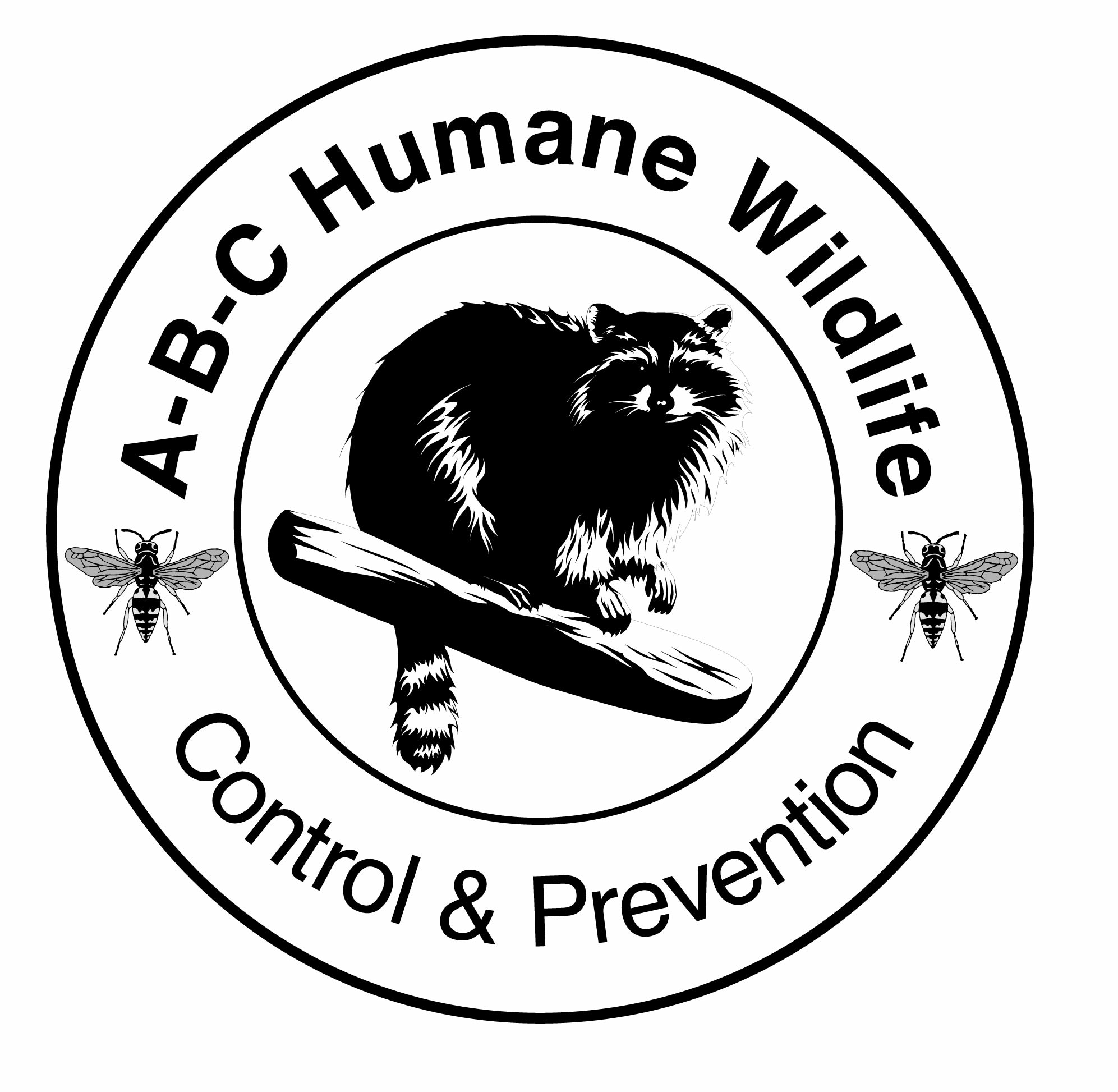Meet Laura Plimpton, winner of the 2020 Landmark Pest Management and ABC Wildlife $1,000.00 Academic Scholarship for Women in STEM.
Laura is a PhD student in the Department of Ecology, Evolution, and Environmental Biology (E3B) at Columbia University. The question that Laura hopes to address throughout her career is, as our human population expands, how can we manage our interactions with wildlife to create a healthy environment for both people and animals?
Laura is an active member of a lab that studies how human changes to the landscape and the climate drive the emergence and spread of vector-borne diseases. The lab’s main focus are tick-borne diseases, including Lyme disease and human babesiosis.
Laura’s MA thesis assesses the role of mesopredators, feral cats in particular, in the urban Lyme disease cycle. This work will also provide the basis of her proposed studies on toxoplasmosis, which she is currently starting for her PhD program.
Laura said, “Specifically, I plan to investigate how the urban environment alters transmission dynamics of certain zoonotic pathogens by dissolving natural barriers to and creating novel pathways for emergence/spread among wildlife, domestic pets, and people. My long-term aspiration is for my research, in and beyond graduate school, to inform policies that seek to protect the health of native wildlife populations and, consequently, our shared environment.”
As part of her study on the cat colonies, Laura collected fecal samples and extracted vertebrate DNA to understand what the cats were eating. In this photo, Laura is digging through a litter box that she built for one of the colonies. Surprisingly, she was able to litter box train some of the cats!
Forest Preserve District of Cook County added 13 new photos to the album: 2020 Photo Contest Winners.
September 22 at 4:11 PM ·
Opossum release
CHICAGOTRIBUNE.COM
Column: Have you become obsessed with bugs or hummingbirds? In the pandemic, you’re not alone.
CHICAGOTRIBUNE.COM
Captive-bred Blanding’s turtles released into the wild: ‘To bring them back from the brink of extinction is a monumental undertaking’
August is the peak of bat season in Chicagoland. Every bat in Illinois is protected, says wildlife expert Rebecca Fyffe. She joins John Landecker, in for Roe Conn, and explains bats are only a risk when they are inside our homes, or we initiate contact with them. Hear more about bats, mosquitoes, cicadas, and other insects listeners encounter.
WGNRADIO.COM
Wildlife expert Rebecca Fyffe explains why you’ve been seeing more bats in Chicago
Illinois Natural History Survey
October 23 at 9:00 AM ·
This #FishyFriday we bring you some fun facts about gar from the INHS Great Rivers Field Station!
1. Gar are considered “living fossils.” Their remains have been dated back to the Cretaceous period!
2. Gar are great hosts for yellow sandshell mussels, which require a host to attach to as larvae. These mussels work to filter bacteria, algae, and other organic matter from water.
3. Young shortnose gar eat small crustaceans and insect larvae. They start eating fish by the time they’re 1.25 inches long.
4. Shortnose and Longnose gar eat invasive juvenile carp!
5. Gar are facultative air-breathers, meaning they mainly use their gills for oxygen, but when there is little oxygen in the water they “gulp” it from the air!
Here are some of the beauties our Great Rivers Field Station scientists sampled this season! ⬇️ ⬇️ ⬇️
THRILLIST.COM
A Rare Full Moon Will Appear on Halloween & It'll Be Near a Bright Red Mars
NPRILLINOIS.ORG
Gray Wolves To Be Removed From Endangered Species List
SCIENCETIMES.COM
The Wild Mile: Chicago's Floating Gardens for Urban Habitat Restoration





